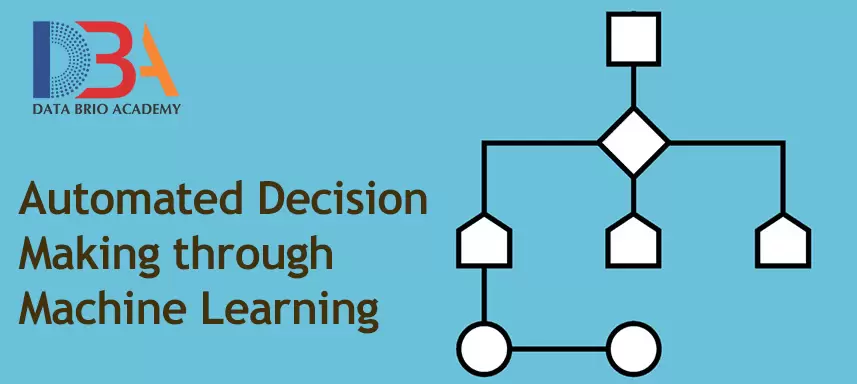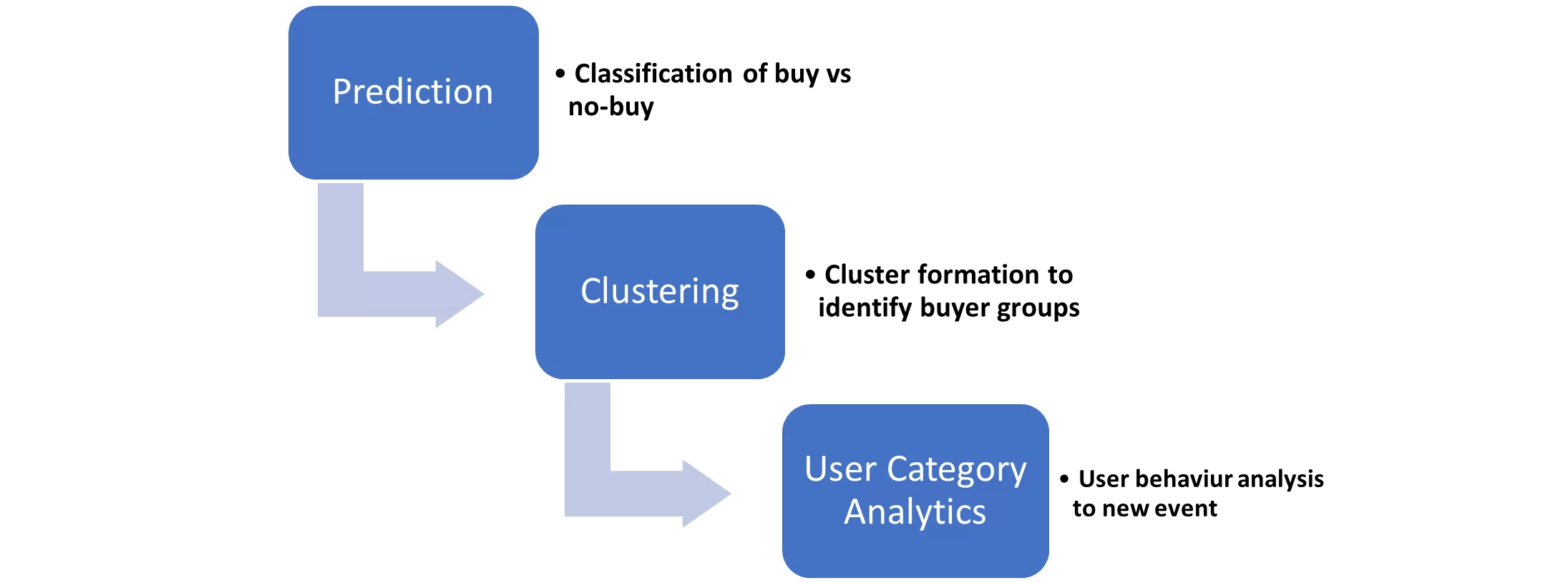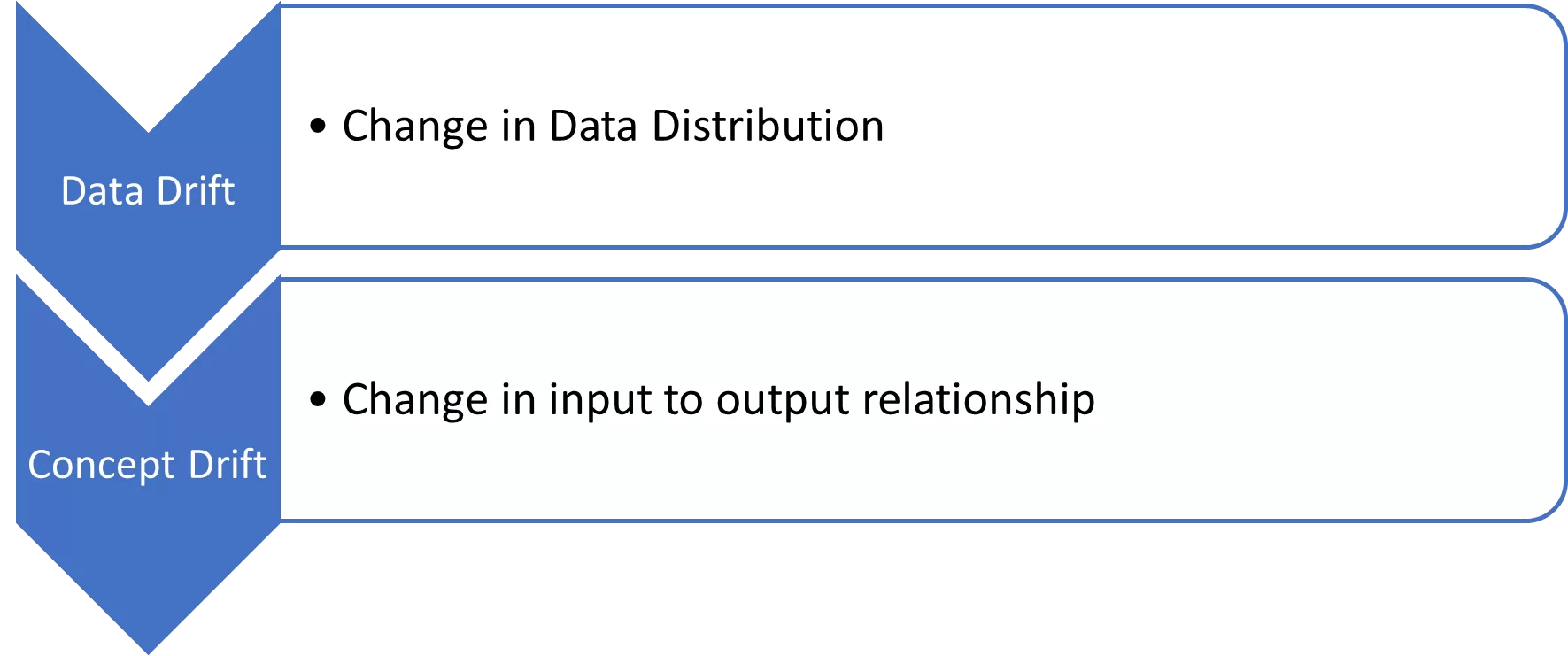Machine Learning is a discipline that enables computers to act like humans and automates decision making and predictions based on previously learned patterns. We discuss two applications of machine learning here – image identification and ecommerce purchase.
Image identification by humans and machines
For human brain identifying an image of a cat from a set of different animal and flower image is an easy and instantaneous process. However for a machine, the process involves heavy training. An experiment on cat image classification by machines is available on
ImageNet https://image-net.org/challenges/LSVRC/2012/analysis/
For humans, identifying a pathology image from a set of retinal images is not so easy as the human brain needs to be trained to identify the pathology patterns for such decisions. In such cases a machine learning model is first trained on normal objects and fine-tuned on medical images so that the number of medical images required to train the model is significantly lower. A combination of transfer learning and machine learning enables such a system for automated medical image identification. Image cognition is an important topic in machine learning and Artificial Intelligence (AI) world.
Prediction of online purchasing behaviours
In ecommerce businesses, a customer purchasing behavior analysis system is developed using supervised, unsupervised and semi-supervised learning methods. It captures and analyses session data and user-journey for each customer. This data can be analyzed using various methods. A customer can be classified into a buying or non-buying customer using a classification algorithm and prediction model developed. Using the user-product journey data, customers can be clustered into different groups or categories like new shopper, impulsive shopper or repeat customer. Further it can be used to create models on how difficult it is to convert a new user to a purchasing customer – ‘nudge model’. So Machine learning and Artificial Intelligence (AI) enables categorization of purchasing patterns and aids personalization by automatic pattern recognition thus making intelligent systems.
Machine Learning Model for Ecommerce
Machine Learning model development
The same Machine Learning model developed with training data of Store 1 customers in the above ecommerce case may not yield correct buying prediction while testing on Store 2. So how to detect if test data at production time is not giving appropriate results as needed? Or how to monitor ML model and identify the need for retraining? Ideally some training data from store 2 is needed as well and the buying process in Store 2 needs to be looked into. For example, is the queuing process and the checkout process the same between the 2 stores? Hence we need to see if there is any data drift or concept drift. Data drift is change in data distribution while concept drift is change in input to output relationships. Concept drift may happen due to the change in the way data is getting logged or compression factor.
Factors in testing Machine Learning models
Machine Learning and Data Science analyzes volumes of data and finds pattern and automates the decision making process whether it is identifying a diseased cell or buying a product from an online store. These models can be supervised, unsupervised or semi-supervised learning models. While developing and deploying these ML models data drift and concept drift needs to be checked.
Learn Machine Learning & AI with Python Programming in Kolkata
Do you want to become an expert in Machine Learning, Artificial Intelligence, Data Science, and Python Programming? You’ve come to the right place! At Data Brio Academy, you’ll receive industry-appropriate training with a hands-on approach. Our course of Machine Learning and AI with Python Programming in Kolkata includes Capstone projects and internships to make you industry-ready.
Join us and learn the intricacies of automated decision-making with Machine Learning algorithms. Become a master in AI, ML and unlock new career opportunities.



